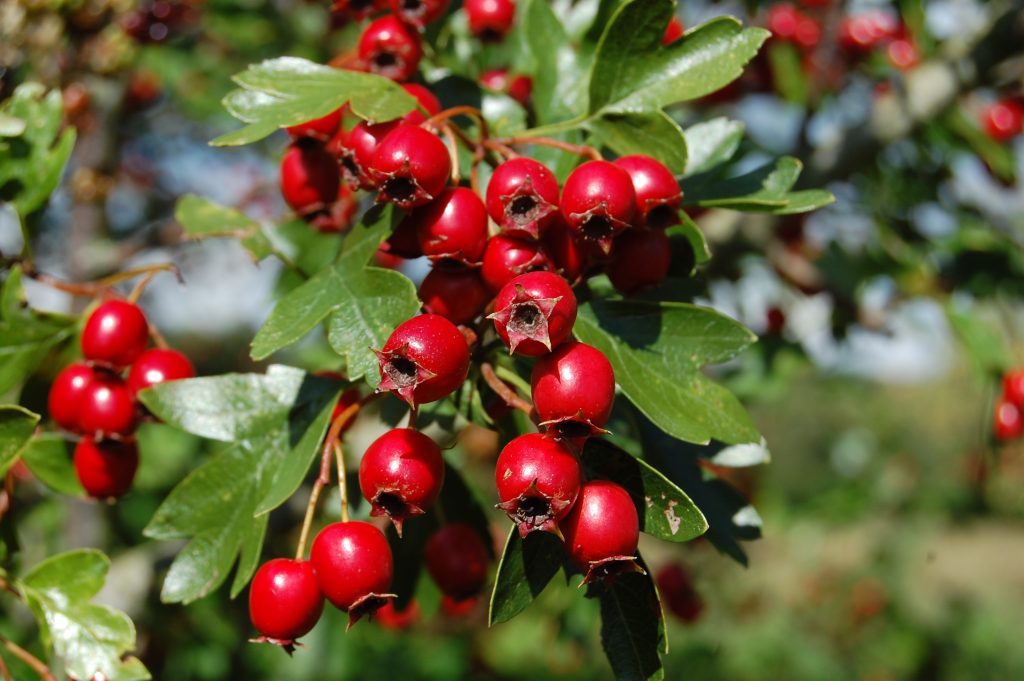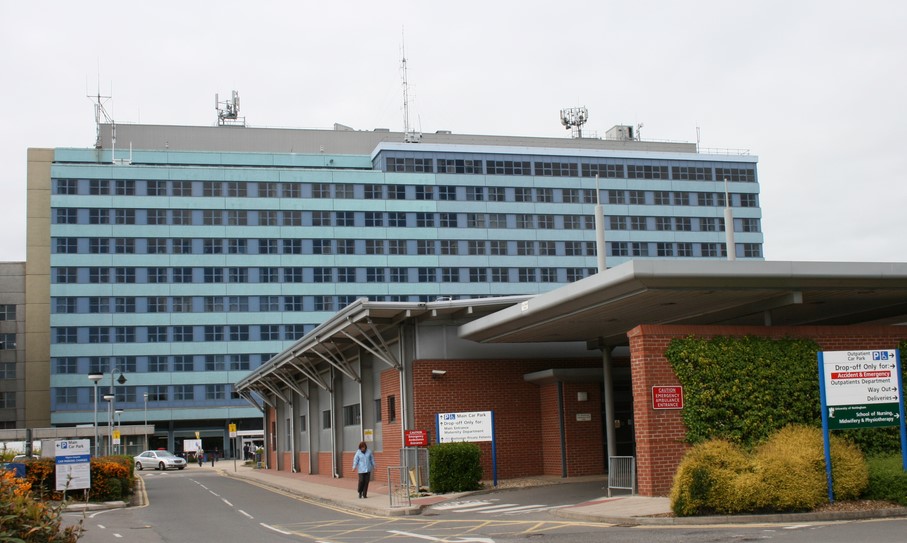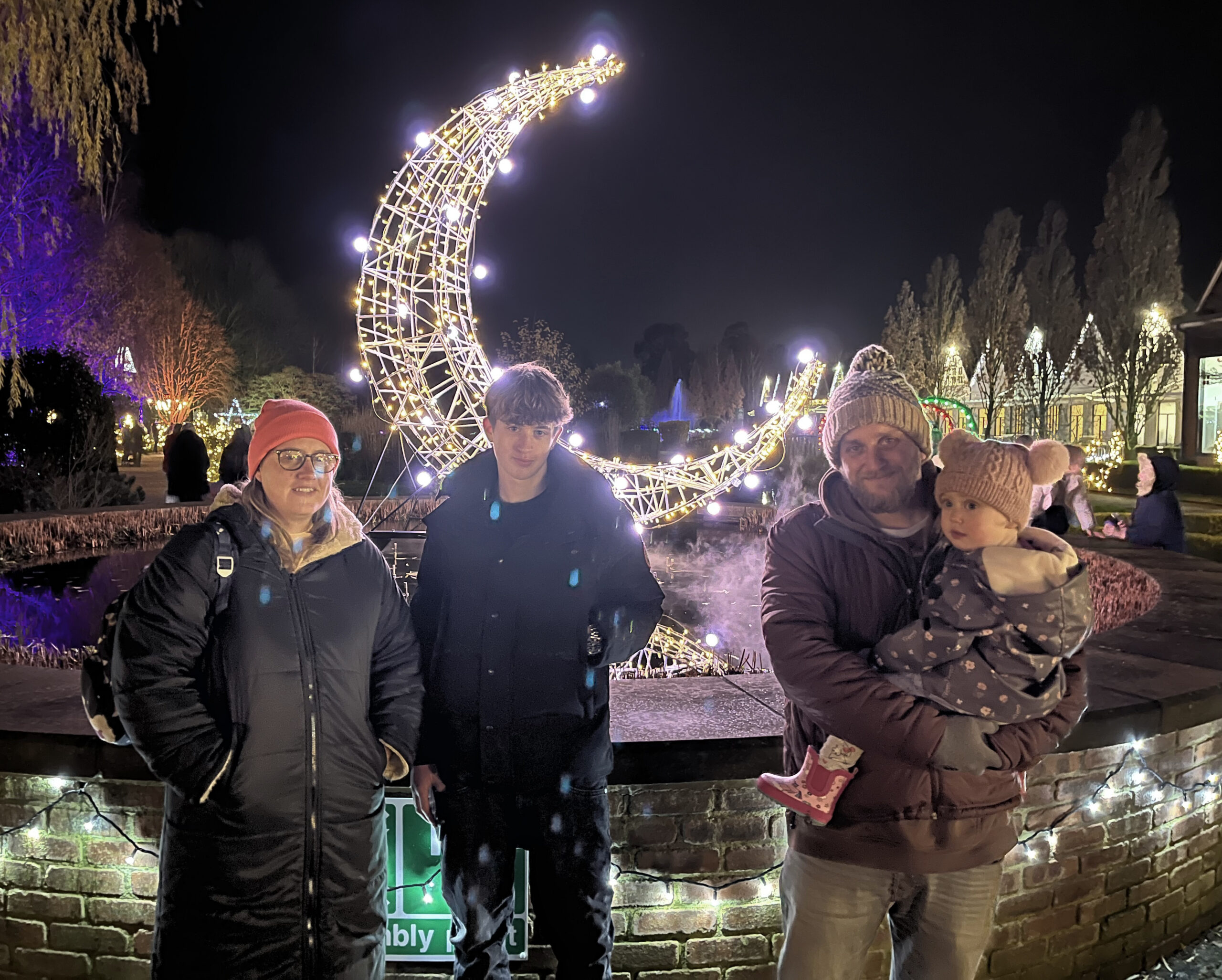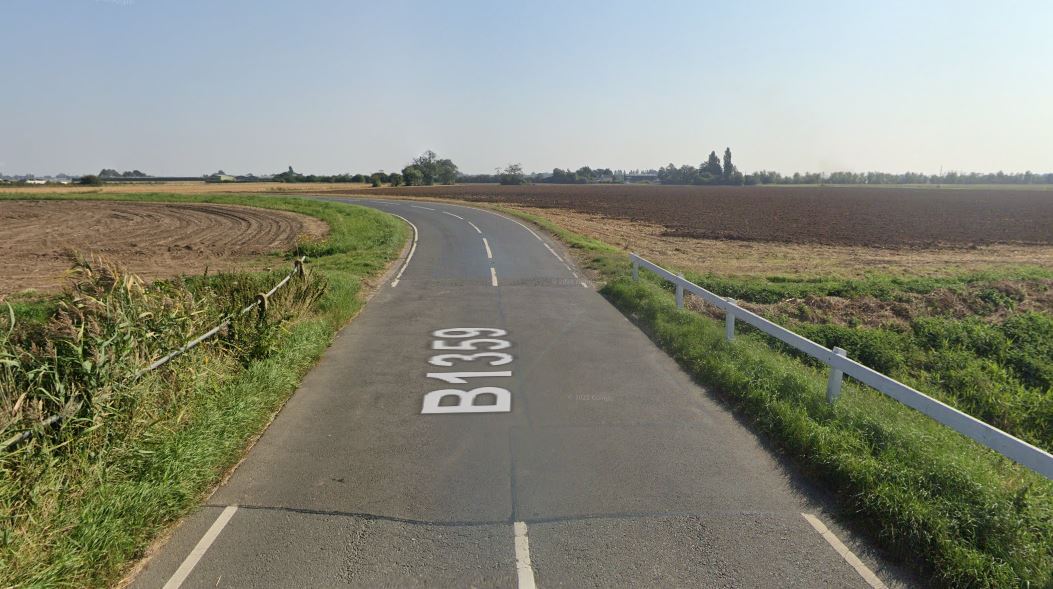Doesn’t time fly? Already we are into May. A time for flowers, birdsong and yes, buds.
The expression “the darling buds of May” comes from Shakespeare’s Sonnet 18, with the famous opening line “Shall I compare thee to a summer’s day?”. Though judging from recent weather, it might be a bit early for that yet!
With the dreadfully cold weather that we have had, spring seems rather late this year. But we do now appear to be in full swing. Swallows swoop over the reedbeds, lapwings soar and dive in their crazy mating displays, and bees and butterflies emerge from their winter hibernation to flit amongst the early flowers.
Key amongst these flowers is a pretty white blossom, found not under but on hedgerows all around Spalding.
Hawthorn is a valuable hedging plant. Sharp spikes dot branches, making it a useful deterrent to straying sheep and livestock – or indeed to people trying to get to where they shouldn’t be!
In the winter it bears bright red berries, but in May it is the white flowers that attract attention.
Hawthorn always flowers around the middle of May, and it is for this reason that the blossoms are named Mayflowers. A familiar name, in these parts! It was always said that the emergence of the mayflowers was a sure sign that warmer weather had arrived. Hence the old advice to “Ne’er cast a clout ‘til May be out”. Or in other words, don’t get rid of your warm clothes until the hawthorn blossoms. Very valuable advice, what with the changeable English weather.
In the natural world, hawthorn is also a very useful plant. The flowers provide a source of nectar for many insects, which themselves are then eaten by other creatures. In the winter the red berries are a valuable source of food for birds and the thick hedges provide an excellent and safe home for many creatures.
by Dr Chris Andrews
Visitor experience manager
RSPB Frampton Marsh







